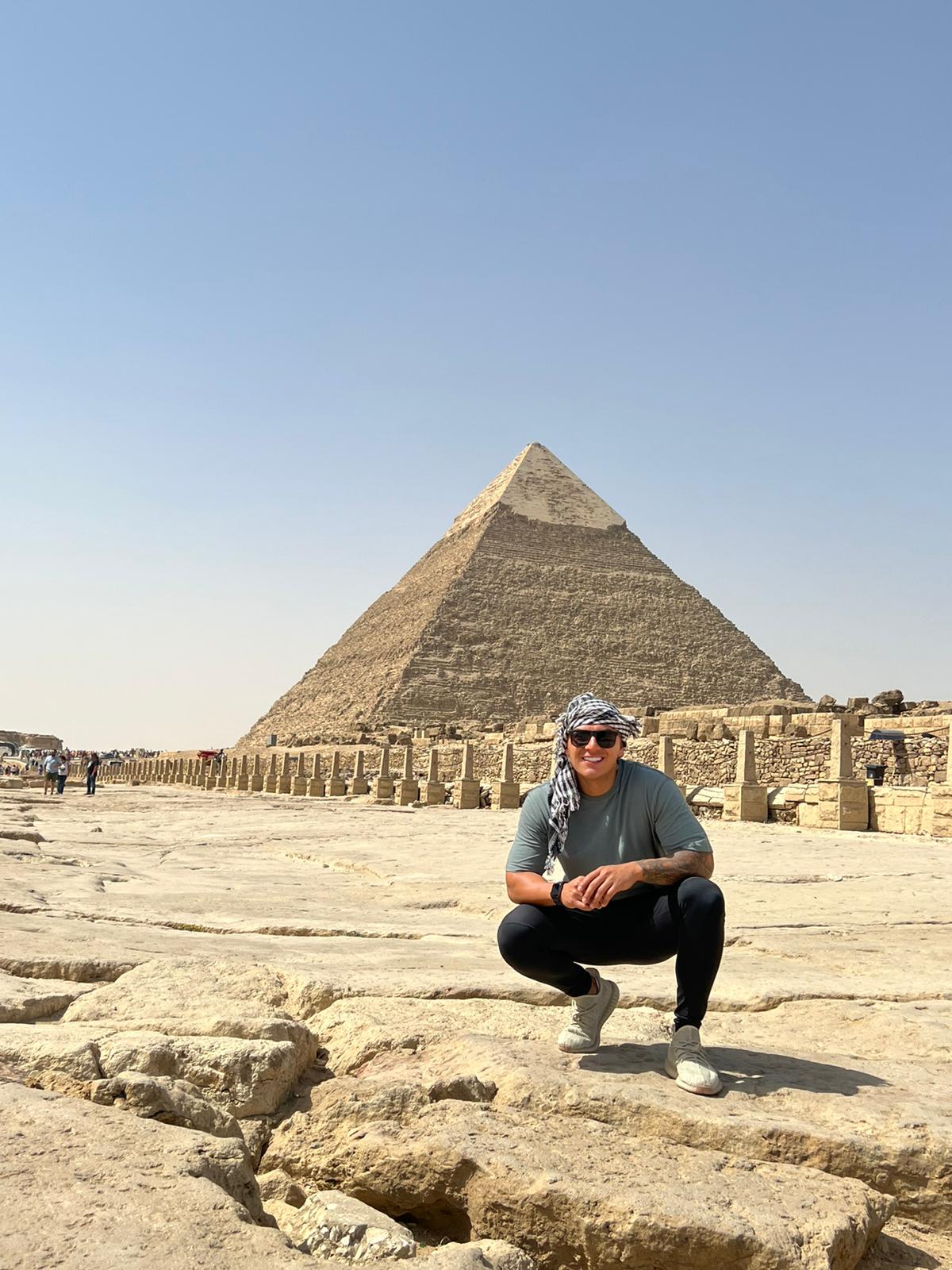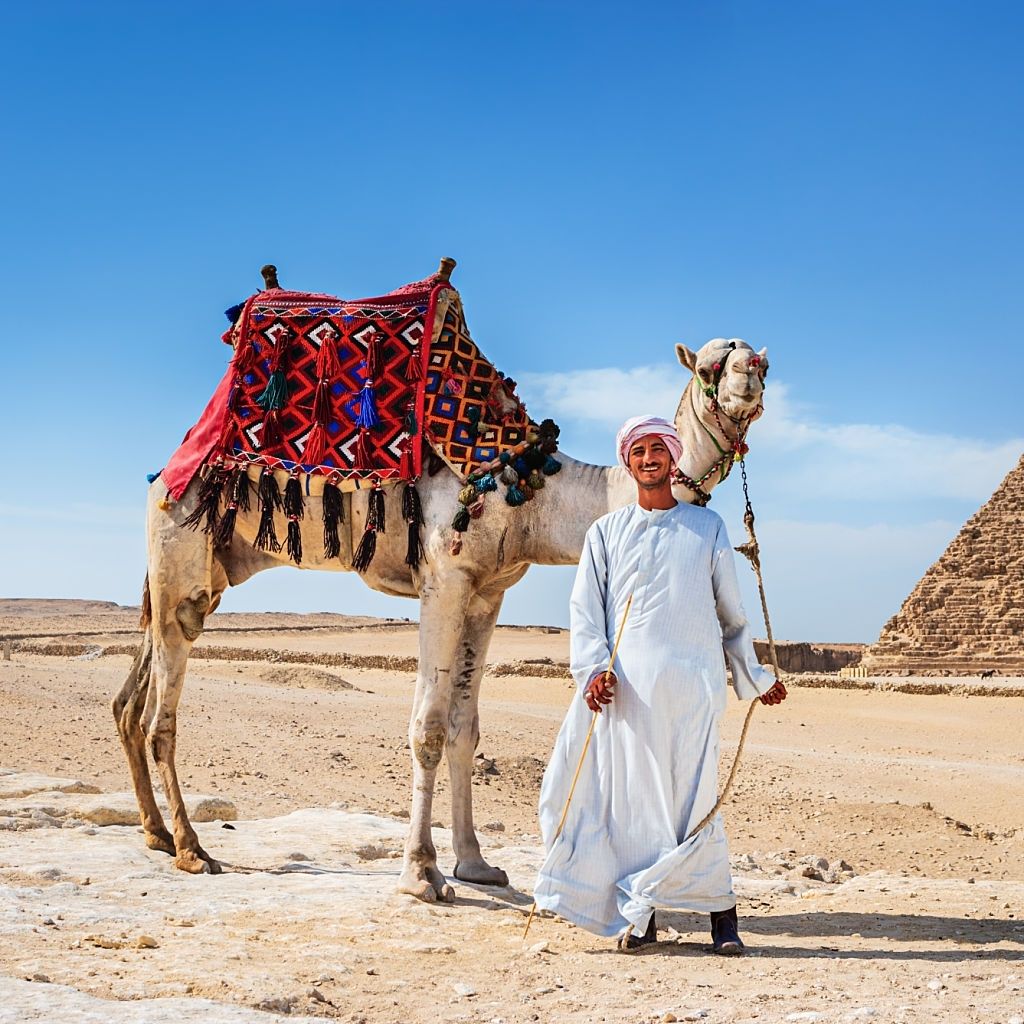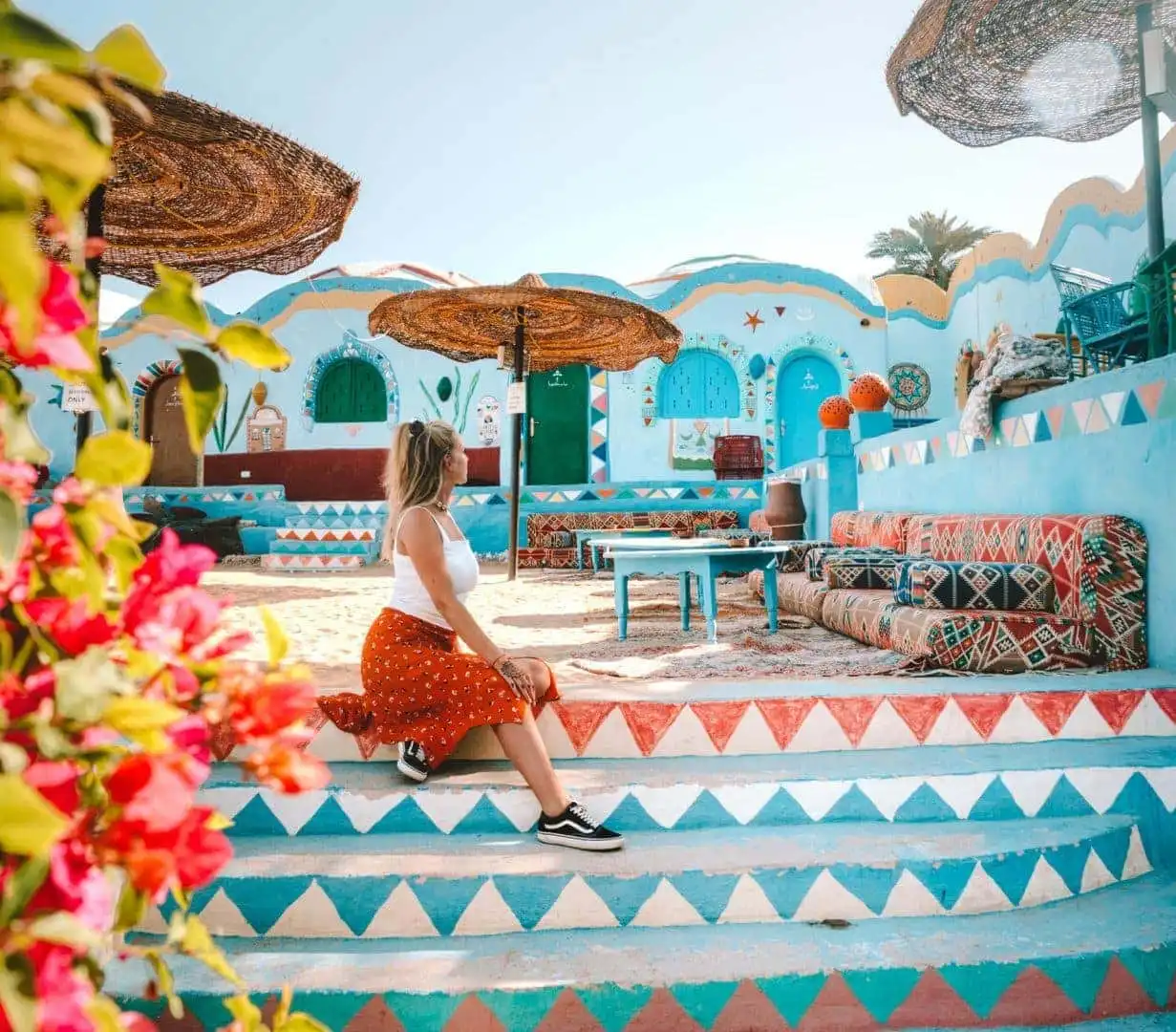Nubian History and Culture
Nubian History and Culture The Nubian region lies on the Nile River, 123,000 square kilometers between the city of Aswan in southern Egypt and Khartoum in central northern Sudan. It was one of the first civilizations of ancient Africa, as the history of Nubia was traced from 2000 BCE onward to 1504 AD. During the Egyptian New Kingdom period (1570–1070 BC) Pharaoh Thutmose I invaded the land around 1500 BC.
Nubian History and Culture

Nubia was highly famous for being the home of many powerful kingdoms, most prominently the kingdom of Kush, which even conquered Egypt in the 8th century BC and formed the 25th dynasty. In the 4th century AD, the great kingdom of Kush came to an end, and then Nubia was divided between Egypt and the Senner sultanate, which led to partial Arabization & rapid Islamization in the 16th century by the Ottoman Empire. However, during the 19th century, in 1899, the Khedive of Egypt united the entire region. Both countries had a very profound relationship during peace and war. They both used similar royal symbols based on rock art. There were many cultural exchanges, cooperation, and even marriages between the two. They had a strong economic relationship through trading in ebony, ivory, leopard skins, and a variety of resins. Nubia acted as Egypt’s connection to the riches of the east and south of Africa, like gold, incense, ebony, copper, ivory, and rare animals.
Nubian Temples Nubian History and Culture
The word Nubia comes from the word “Nub,” which means gold for the number of gold mines in the area, rare stones, and being home to some of the most beautiful and majestic monuments in Egypt. The Nubia area is highly famous for containing two of the most famous temples in the history of ancient Egypt, the Temple of Philae, and the Abu Simbel temple. Both the two temples were rescued by UNESCO in the mid-60s because of the disastrous consequences of the High Aswan Dam and there are must-be-visited attractions through Nile cruise between Luxor and Aswan.
Nubian Crafts Nubian History and Culture
The Nubians are known to be proud, gentle, honest, and enduring people with their own unique culture and customs. Their houses were known to contain a backyard and be topped with a dome. Their culture contains different styles of art, stunning drawings, and beautiful decorations, plus enchanting pottery, and mesmerizing handicrafts like weaving baskets, mats from palm fronds, and necklaces.
Nubian Customs and Villages Nubian History and Culture
They have many traditions, dances, and a special set of customs within their culture, especially when a marriage takes place and a newborn “Sebou” is delivered. They all marry within the same area because of their inclusive nature. Their villages are quite different from anything in Egypt and divided into three tribes, which are Al-Fadiga: the Arab Al-Orayqat (original Bedouin traders who migrated from Hijaz), and Al-Konoz, also known as Al-Matoka (a mix of Arab tribes, the biggest being the Al-Gohayna tribe, from the Arabian Peninsula).
Nubian Museum and Symbols Nubian History and Culture
One of the many symbols is the sword of the Nubian culture, which represents bravery, and the black cat, which represents joy and optimism, in contradiction to the majority of cultures around the world, who believe it reflects a bad omen. The symbol of a cow or an owl represents destruction and bad luck. UNESCO built the infamous Nubian Museum in Aswan to bring the Nubian culture back to life. It was constructed based on Nubian architecture and ancient sandstone and holds about 2,000 artifacts, many of which are from ancient Nubian culture, and a lot of colorful exhibits from the Nubian heritage.







